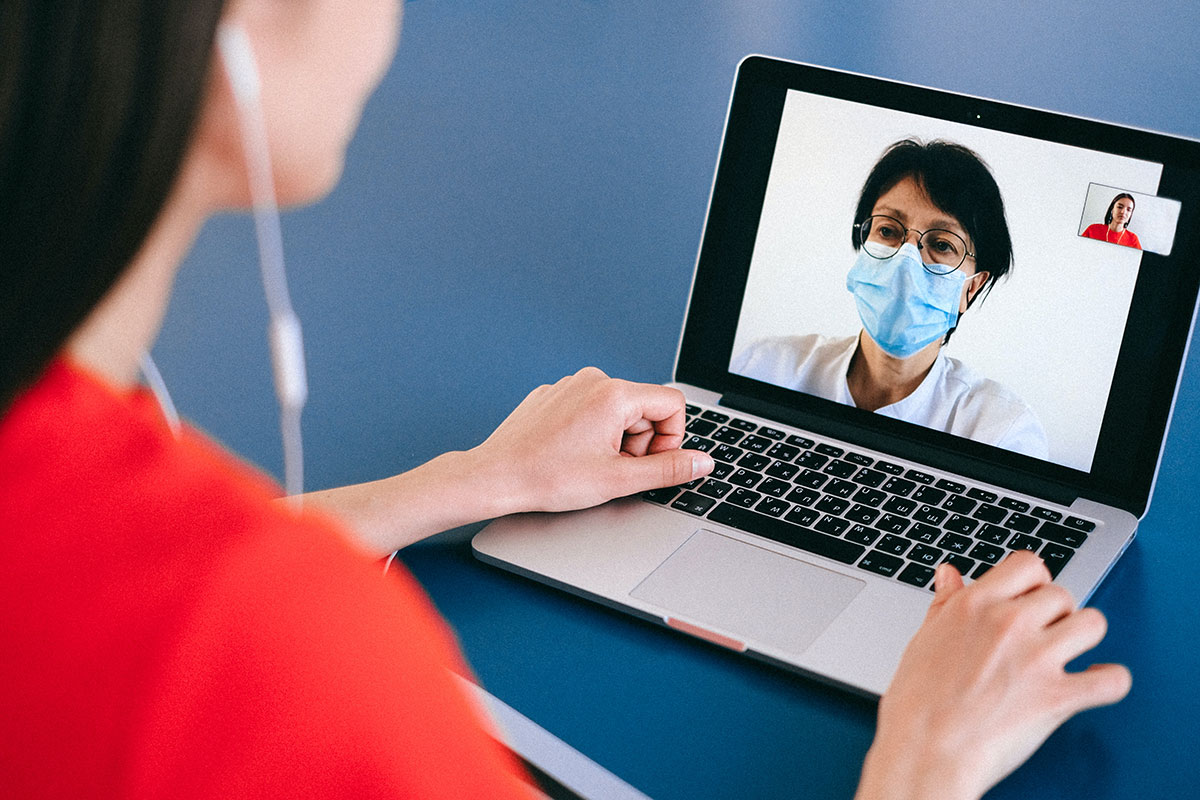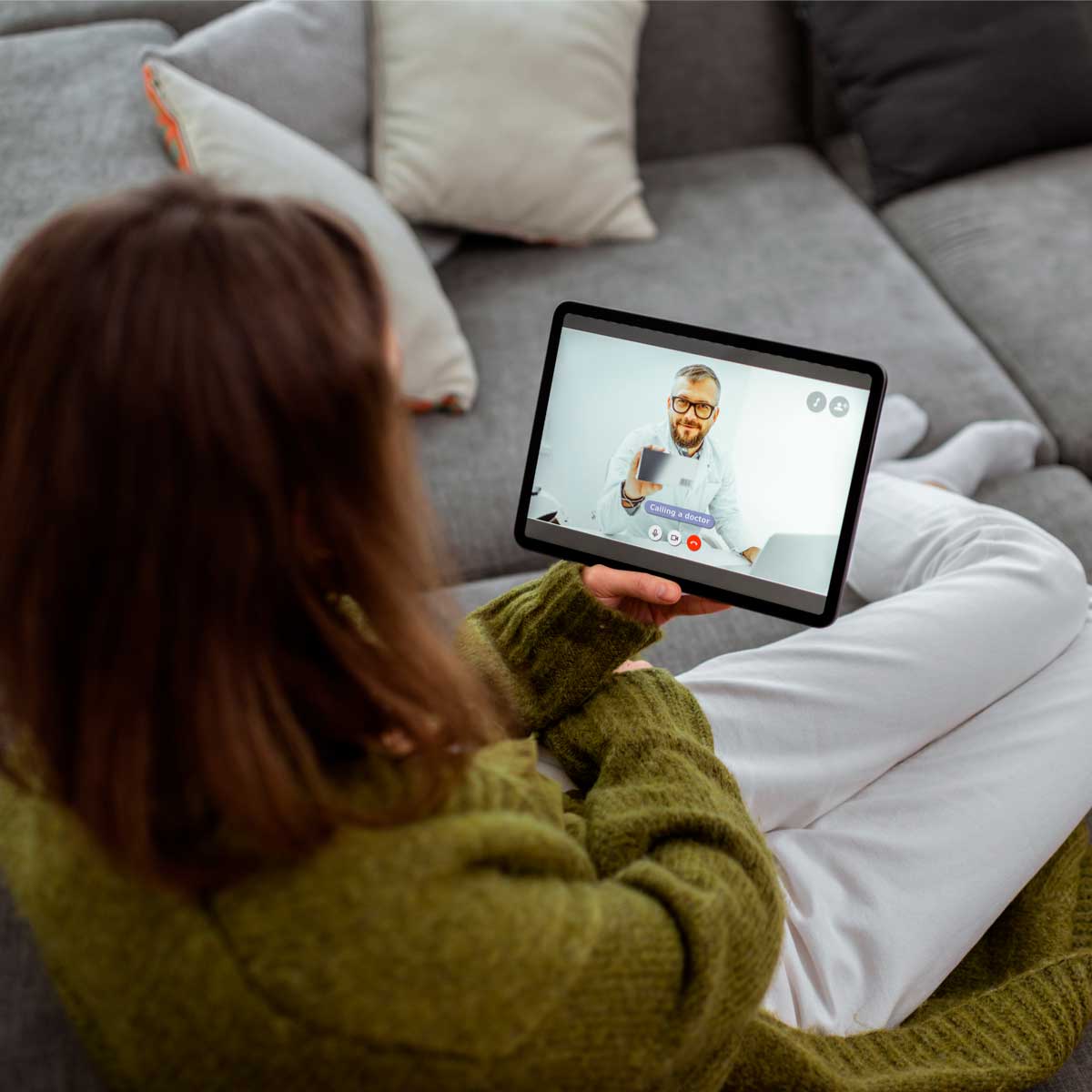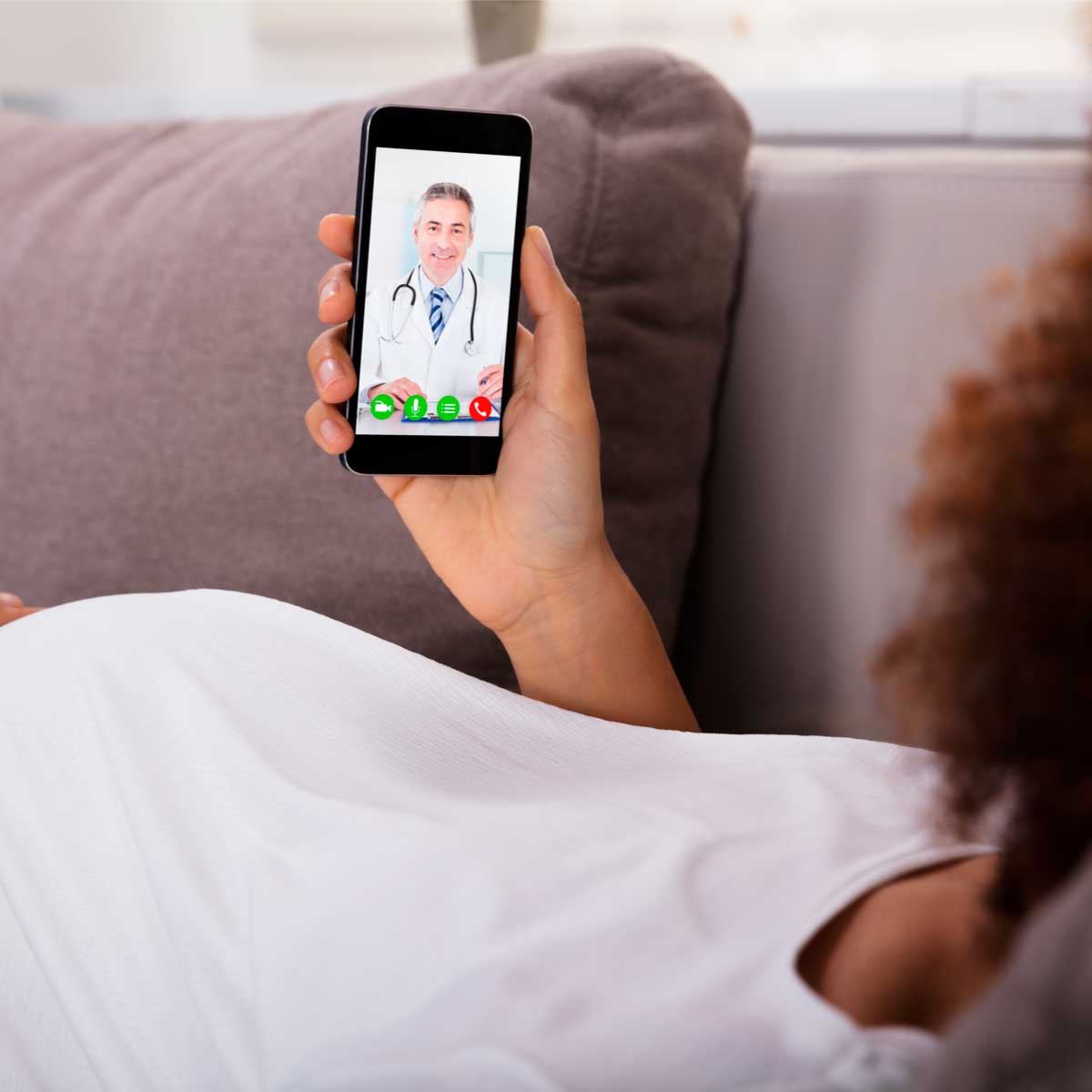
Mental health is a major issue in the United States. 60 percent of young people with major depression aren’t being treated for their mental health according to a study done in 2017 and 2018. And 25 percent of adults with mental illness aren’t being treated for their illness as well. 55 percent of counties in America don’t even have a psychiatrist, social worker or psychologist. And 70 percent don’t have a child psychiatrist either. Treatment facilities for those struggling with substance abuse can be weeks out. And in a study done in 2017, 70 percent of people who needed treatment for substance abuse weren’t able to get it. And now we are experiencing a global pandemic, where mental illnesses are at all an all-time high, and there are practices that are being forced to close or reduce their capacity and hours because of health concerns. It doesn’t make sense that when mental help is needed the most, people aren’t able to get the treatment they need.
There is one good thing that is happening as a result of the pandemic, and that is that virtual care and digital tools are becoming more and more prevalent in the health industry. These are more important than ever right now to help support existing care and be able to treat new patients. On demand health care can offer video and audio office visits to those who aren’t able to attend in person treatment. This allows people to have a better match for their mental healthcare treatment and can help the supply and demand problem because of the ability to have different times and geographic location opportunities. There is also the option of asynchronous text messaging, which allows patients to text a coach or clinician at any time and the response will come at a later time.
Mental health care is becoming very innovative. They are combining digital tools with their virtual care to create a system plan for patients. They also have a method that will help patients know when they might need to have in person care for their needs to be met. This allows the mental health care workers to have solutions and be flexible while they are treating their patients and be as convenient and flexible as possible. Because of this, businesses that offer their employees’ health care plans are now offering them virtual and digital options for the mental health care.
So how would treating a mental illness on demand work? Are digital services and virtual care effective? In 2016 there was a study completed that showed a high rate of satisfaction among mental health patients that showed they were satisfied with their on demand care in comparison to their in person care. The Veterans Administrations completed a study in 2020 that showed video chat health care was as effective as in person visits for those who were being treated for depression, obsessive compulsive disorders and anxiety.
There has also been great feedback and response to services that are part of the on demand service, such as video instruction, content libraries and exercises. These digital programs are as effective as in person programs that treat insomnia, anxiety and depression. There are on demand support programs that can help patients address their needs and illness. They cover such things as mild depression and anxiety. Through apps and online accounts patients are able to text and communicate with trained coaches and therapists. Therapists are able to focus on their patient’s needs, including stress management, how to achieve their goals and manage the stress and triggers in their life.
On demand care is revolutionizing the mental health care industry. It is allowing patients to schedule their time when it is convenient for them. It is beneficial for the therapist as well. It allows them to lower their overhead cost, sometimes they don’t even need to have an office location. Therapists are able to have a wider reach of space to their patients.
Because of the Covid 19 pandemic, the use of on demand health care is increasing at a high rate. With lock downs that have been put in place at times, it has forced people to continue their care by moving away from the in person visits. There have been clinics that have steered clear of virtual care, but because of the changes that have occurred; they find themselves doing on demand health care as well. But even with on virtual visits, it is still important to make sure that both sides are working hard to maintain the relationship and continue building and learning new coping mechanisms. There are so many useful digital tools that are available for patients. Many people are having huge success with virtual care. Therapists are able to meet the mental health needs of their patients.
While on demand mental health care is a little more convenient and more accessible for some people, it is important to remember that virtual care isn’t for everyone. There will still be some situations that will require in person care. Emergency situations will still arise, and virtual care will not be an option. In a recent study conducted, 46 percent of people being treated for a mental illness would rather be treated virtually than in person. And there are still communities and families that may have a negative stigma regarding mental health care, and this is where on demand care is especially helpful because people are able to get the help they need and require without feeling like they are being discriminated against.
Since going through this global pandemic, more and more people are realizing just how important mental health care is. The industry is changing. By having mental health care being available through digital technology, we are throwing a life line to those who are struggling with their mental health. If we can continue to more forward and offer digital tools and virtual care, we will be able to improve the access to those needing help. These tools will allow the mental health needs of Americans to be met and be more successful than ever.











